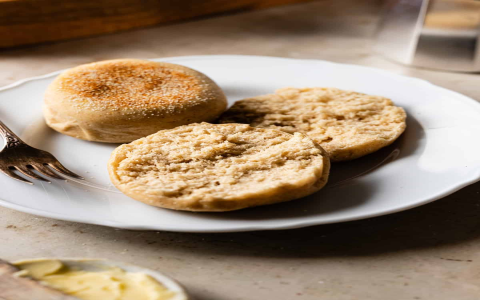Whole Wheat English Muffin Recipe: A Comprehensive Guide
Introduction
English muffins have long been a staple in breakfast menus across the globe. These versatile, chewy, and slightly sweet breads are perfect for toasting, spreading with butter, or using as a base for a variety of toppings. While traditional English muffins are often made with white flour, whole wheat English muffins offer a healthier alternative, packed with fiber and nutrients. In this article, we will explore the art of making whole wheat English muffins, discussing the benefits of whole wheat flour, the ingredients needed, and a step-by-step recipe. We will also delve into the history of English muffins, their nutritional value, and how they can be incorporated into a balanced diet.
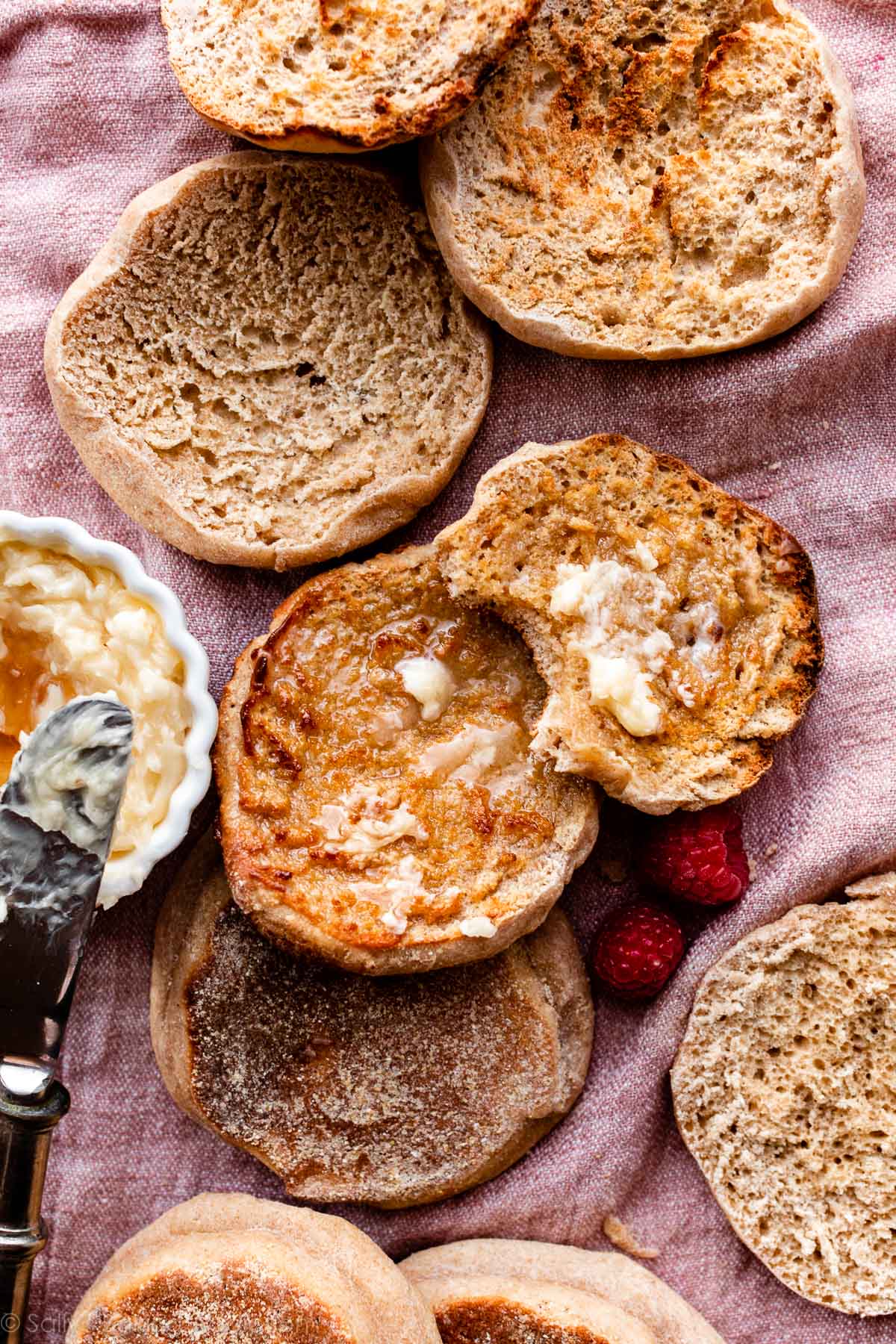
The Benefits of Whole Wheat Flour
Whole wheat flour is a nutritious alternative to white flour, as it retains all three parts of the wheat kernel: the bran, germ, and endosperm. This means that whole wheat flour contains more fiber, vitamins, minerals, and antioxidants than white flour. The fiber in whole wheat flour helps to improve digestion, lower cholesterol levels, and reduce the risk of heart disease and type 2 diabetes. Additionally, whole wheat flour has a nutty flavor and a denser texture, which can enhance the taste and texture of English muffins.
Ingredients Needed for Whole Wheat English Muffins
To make whole wheat English muffins, you will need the following ingredients:
– 2 cups whole wheat flour
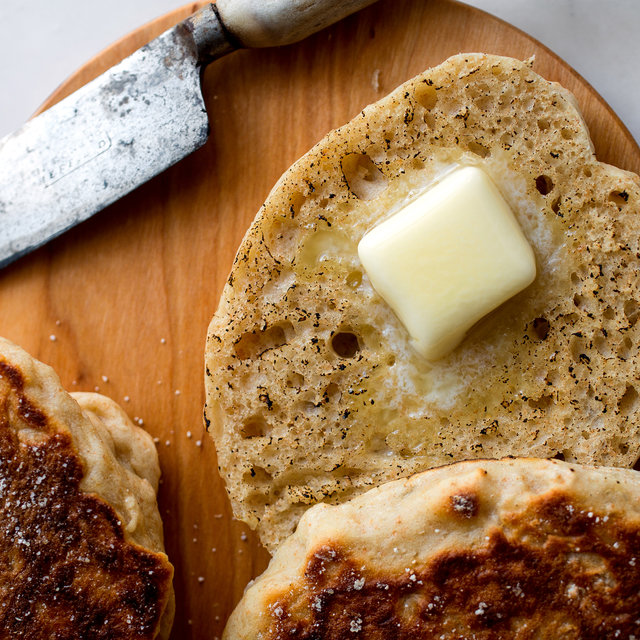
– 1/4 cup sugar
– 2 1/4 teaspoons active dry yeast
– 1 teaspoon salt
– 1/2 cup warm water
– 1/4 cup unsalted butter, melted
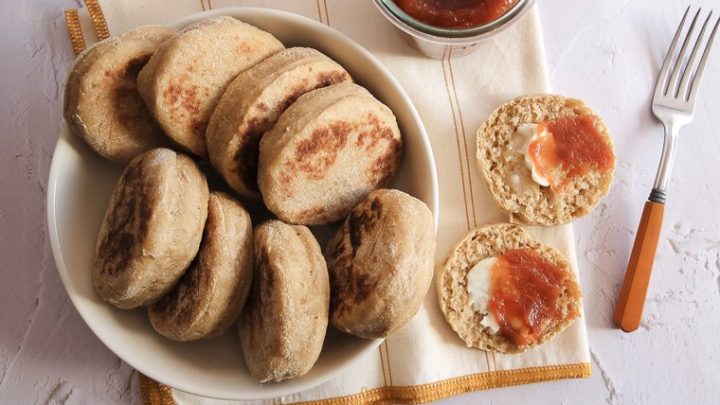
– 2 tablespoons non-fat milk
– Vegetable oil, for greasing the muffin pan
Step-by-Step Recipe for Whole Wheat English Muffins
1. Combine Dry Ingredients
In a large mixing bowl, whisk together the whole wheat flour, sugar, active dry yeast, and salt.
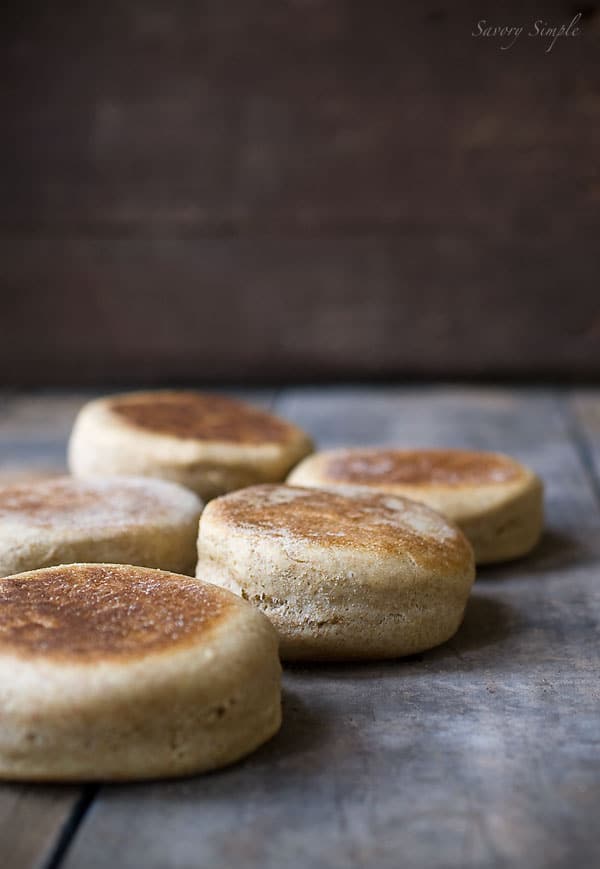
2. Add Wet Ingredients
Pour the warm water, melted butter, and non-fat milk into the dry ingredients. Stir until the mixture is well combined.
3. Knead the Dough
Turn the dough onto a floured surface and knead for about 5-7 minutes, until smooth and elastic. If the dough is too sticky, add a little more flour.
4. Let the Dough Rise
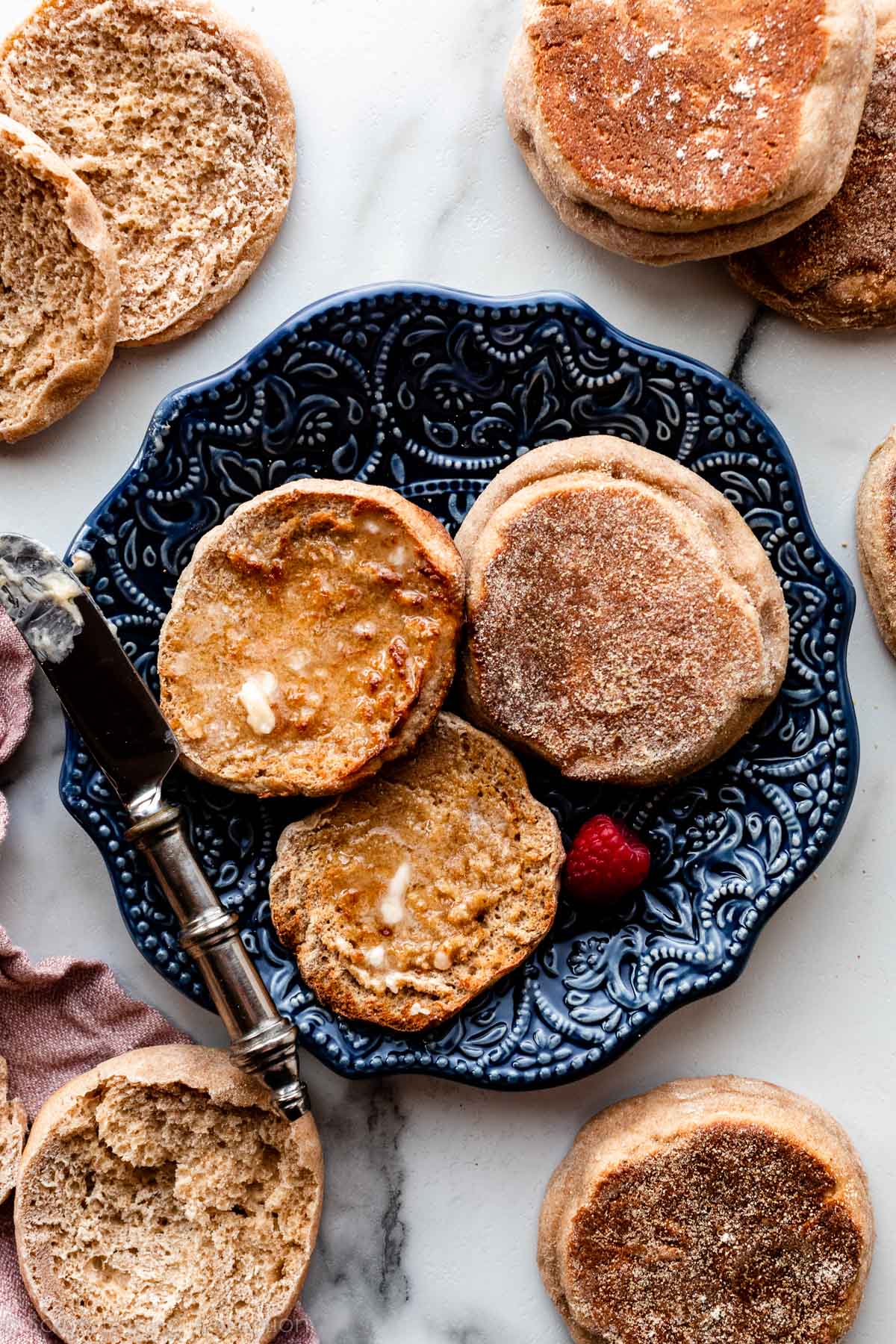
Place the dough in a greased bowl, cover with a damp cloth, and let it rise in a warm place for about 1 hour, or until it has doubled in size.
5. Punch Down the Dough
Once the dough has risen, punch it down to release the air and turn it out onto a floured surface.
6. Divide and Shape the Dough
Divide the dough into 12 equal pieces and shape each piece into a ball. Place the balls into a greased muffin pan, leaving some space between them for expansion.
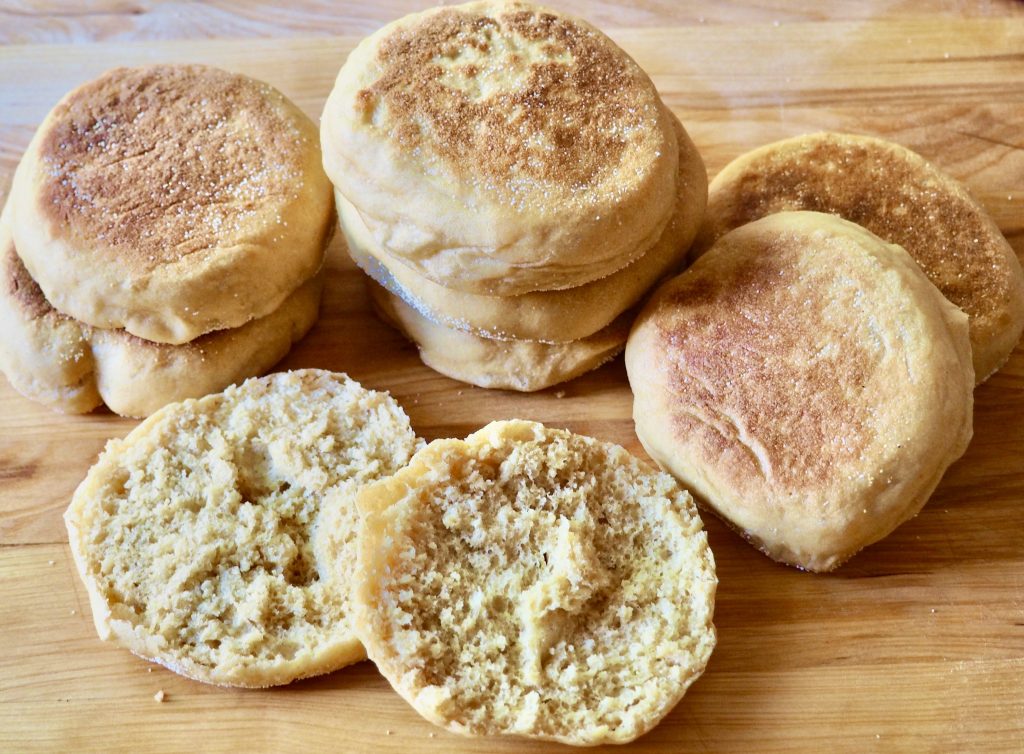
7. Let the Muffins Rise Again
Cover the muffin pan with a damp cloth and let the muffins rise for another 30 minutes, or until they have doubled in size.
8. Bake the Muffins
Preheat your oven to 425°F (220°C). Bake the muffins for 15-20 minutes, or until they are golden brown and sound hollow when tapped on the bottom.
9. Cool and Serve
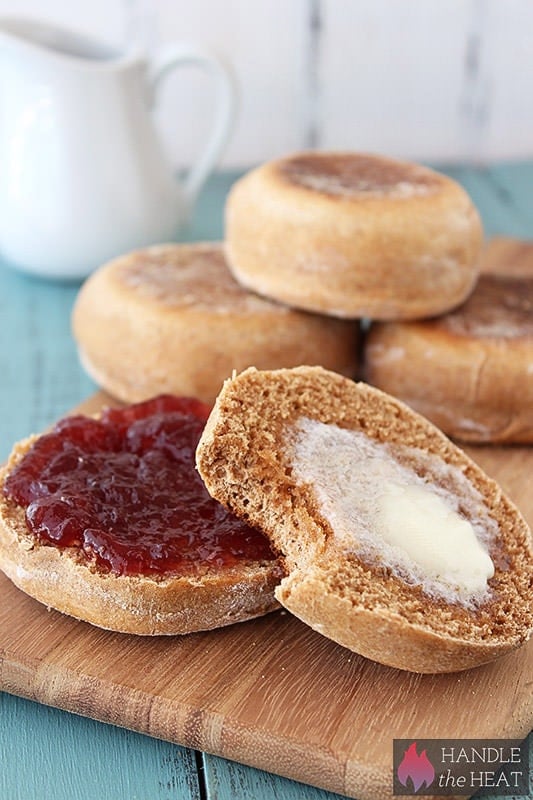
Remove the muffins from the oven and let them cool in the pan for 5 minutes. Then, transfer them to a wire rack to cool completely before serving.
The History of English Muffins
English muffins have a rich history that dates back to the 16th century. They were originally created in England as a quick and easy breakfast option for busy families. The muffins were made with a yeast-leavened dough and cooked on a griddle or in a skillet. Over time, the recipe evolved, and English muffins became a popular breakfast item in the United States.
Nutritional Value of Whole Wheat English Muffins
Whole wheat English muffins are a nutritious choice for breakfast, offering several health benefits:
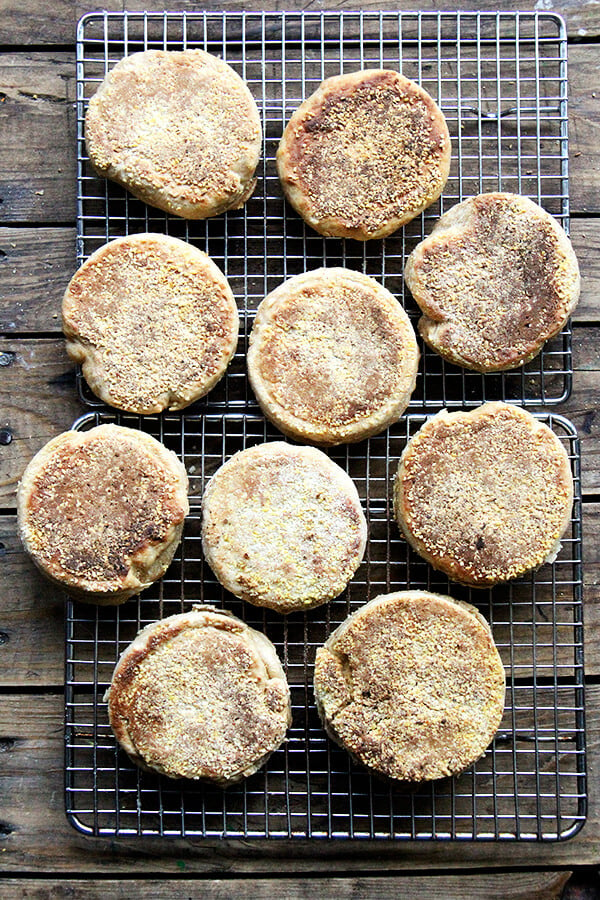
– High in fiber: A 100-gram serving of whole wheat English muffins contains about 12 grams of dietary fiber, which can help improve digestion and reduce the risk of heart disease and type 2 diabetes.
– Rich in vitamins and minerals: Whole wheat flour is a good source of vitamins B1, B2, B3, B5, B6, and E, as well as minerals such as iron, magnesium, phosphorus, potassium, and zinc.
– Low in fat: Whole wheat English muffins are low in fat, making them a heart-healthy choice.
Incorporating Whole Wheat English Muffins into a Balanced Diet
Whole wheat English muffins can be a delicious and nutritious addition to a balanced diet. Here are some ideas for incorporating them into your meals:
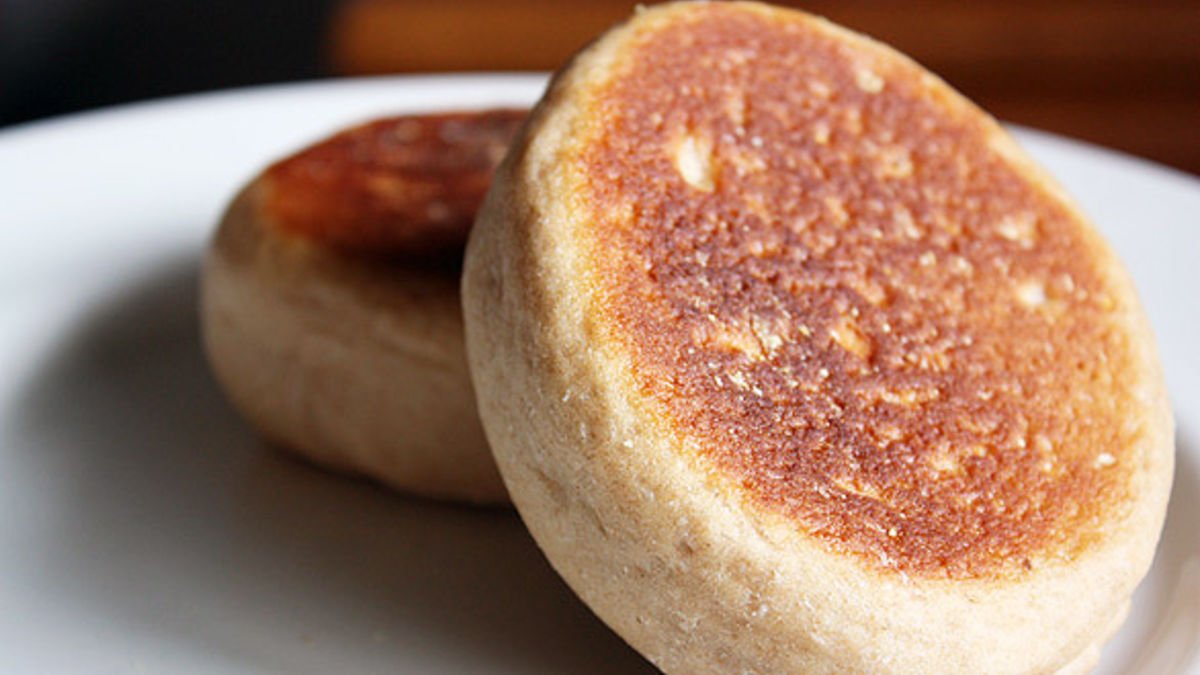
– Serve with avocado, sliced tomatoes, and a sprinkle of salt and pepper for a quick and healthy breakfast.
– Top with almond butter and banana slices for a satisfying snack.
– Use as a base for a breakfast sandwich with eggs, cheese, and your favorite veggies.
– Spread with cream cheese and smoked salmon for a tasty lunch option.
Conclusion

Whole wheat English muffins are a nutritious and versatile breakfast option that can be easily incorporated into a balanced diet. By using whole wheat flour, you can enjoy the benefits of fiber, vitamins, and minerals while still savoring the classic taste and texture of English muffins. Whether you prefer them toasted, spread with butter, or used as a base for a variety of toppings, whole wheat English muffins are a delicious and healthful choice for any meal.


